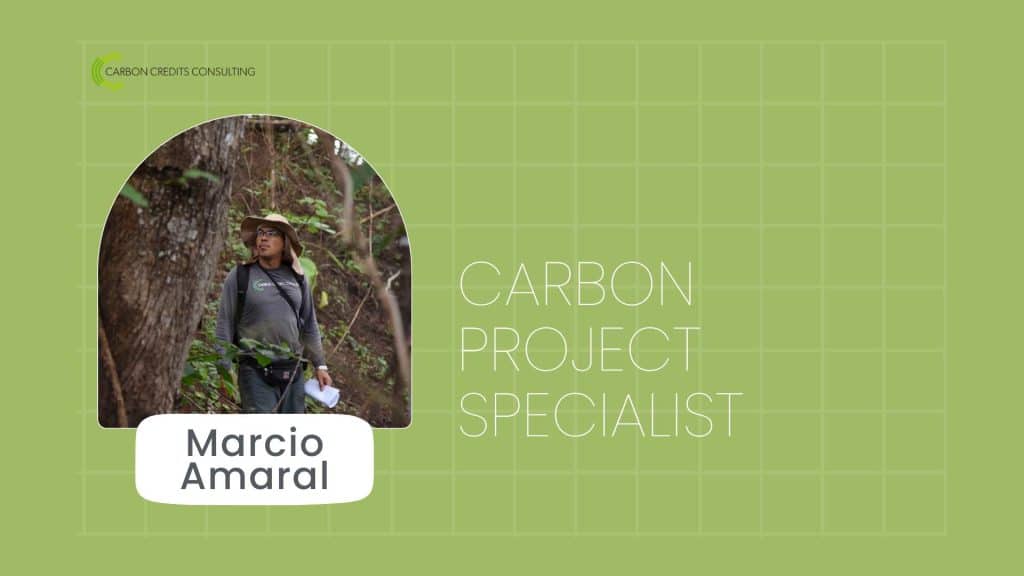Table of Contents
In 2016, the International Civil Aviation Organization (ICAO) made a significant stride toward its environmental goals by introducing the Carbon Offsetting and Reduction Scheme (CORSIA), a worldwide carbon offsetting program aimed at tackling CO2 emissions from international aviation.
CORSIA functions as a global offsetting scheme, wherein airlines and aircraft operators offset any increase in CO2 emissions beyond the pre -COVID 19 levels recorded in 2019-2020. This approach ensures the stabilization of aviation’s net CO2 emissions, while simultaneously pursuing other avenues for reducing emissions, including technological advancements, sustainable aviation fuels, operational enhancements, and infrastructure improvements.
Context
While domestic aviation is included within the international climate regime administered by the United Nations Framework Convention on Climate Change (UNFCCC) as part of nationally-determined climate action, the regulation of international aviation falls under the purview of the ICAO.
As per the Intergovernmental Panel on Climate Change (IPCC), the combined contribution of domestic and international aviation to global anthropogenic CO2 emissions is estimated to be around 2%. However, that international aviation only, comprising approximately 65% of global aviation fuel consumption, contributes about 1.3% to global CO2 emissions.
Aviation is tackling the task of meeting its climate goals through a comprehensive multi-pillar strategy, encompassing the development of innovative technologies, the transition to sustainable aviation fuels, the optimization of operational efficiency, the improved utilization of infrastructure, and the implementation of a global market-based measure for managing aviation’s CO2 emissions (CORSIA).
Indeed, in 2009, the aviation industry established three global goals aimed at addressing its environmental impact:
- Annual Average Fuel Efficiency Improvement: From 2009 to 2020, the industry aimed to achieve an average annual fuel efficiency improvement rate of 1.5%.
- Stabilizing Net CO2 Emissions: The industry aimed to stabilize net CO2 emissions at 2020 levels by implementing carbon-neutral growth.
- Net CO2 Emissions Reduction: By 2050, the aviation industry aims to reduce its net CO2 emissions to half of the 2005 levels.
CORSIA mechanism
CORSIA operates on a fundamental principle of utilizing eligible emissions units from the carbon market to counterbalance the CO2 emissions that remain unmitigated despite technological advancements, operational improvements, and the implementation of CORSIA eligible fuels.
By harnessing the power of the carbon market, CORSIA ensures that emissions units, meeting the necessary criteria, are employed to offset the CO2 emission of international aviation. This approach enables the aviation industry to effectively neutralize its carbon footprint and go beyond what can be achieved through existing measures.
Airlines and other aircraft operators will be accountable for fulfilling offsetting requirements, which will be calculated based on the amount of CO2 emissions they generate from flights falling under the offsetting scope. This encompasses a wide range of operators, including major passenger airlines, cargo carriers, business aviation entities, and even private aviation participants.

Source: ICAO
To ensure broad support and address the concerns of developing nations, the implementation of CORSIA has been structured into three distinct phases. The initial phases, from 2021 to 2023 and from 2024 to 2026, are voluntary, allowing participating states to voluntarily engage in the scheme. Subsequently, a mandatory phase will be enforced starting from 2027.
During the voluntary phases, CORSIA will solely apply to international flights operating between states that have chosen to participate, meaning that flights to and from states that have not volunteered will be exempt from the scheme’s requirements. This approach aims to foster gradual engagement and international cooperation in reducing aviation-related emissions.
Monitoring, reporting and verification
It’s crucial to highlight that all States with international flight operations must establish a Monitoring, Reporting, and Verification (MRV) system for tracking CO2 emissions from international flights, starting from January 1, 2019. This requirement for monitoring, reporting, and verifying CO2 emissions is separate from the offsetting requirements. The data reported by States will play a vital role in calculating the CORSIA baseline and determining the offsetting requirements for aeroplane operators, where applicable.
CORSIA and EU-ETS
While CORSIA primarily focuses on offsetting the growth of CO2 emissions from international aviation, whereas the EU ETS applies to emissions from flights within the European Economic Area (EEA) and certain non-EEA flights. The EU ETS requires airlines to surrender allowances for their emissions, and it does not have a specific provision for offsetting requirements like CORSIA.
To integrate CORSIA with the EU ETS, the European Commission has established rules and regulations to ensure that airlines operating flights between EU airports and countries participating in CORSIA comply with both schemes.
The EU ETS aligns its monitoring and reporting requirements for flights covered by both CORSIA and the EU ETS, eliminating the need for airlines to submit separate reports.
VCM price implication
As anticipated, there will be a growing demand for CORSIA-eligible carbon credits in the coming years, which could significantly impact prices. It is imperative for airlines to establish an offsetting strategy to mitigate the potential future price increases.
So far, the International Civil Aviation Organization (ICAO) is still reviewing the eligibility of most programs for the first phase of CORSIA, which covers the period from 2024 to 2026. Currently, only two carbon standards, ART and the American Carbon Registry, have been confirmed as eligible. However, it is likely that by the end of 2023, all the other standards that were eligible for the pilot phase (except CDM) will update their procedures to also qualify for the first phase.
Moreover, airlines face significant challenges in preparing for an offsetting strategy since, contingent upon future decisions by the ICAO Council, only credits with vintages starting from 2021 onwards along with a corresponding adjustment, will qualify for this phase of the program. Currently, there is a scarcity of available credits that meet the post-2021 criteria mandated by CORSIA, which are expected to be ready around 2024.
As final consideration, non-CORSIA carbon credit buyers should consider acquiring high-quality carbon credits that are not eligible under CORSIA to mitigate potential future price increases.









